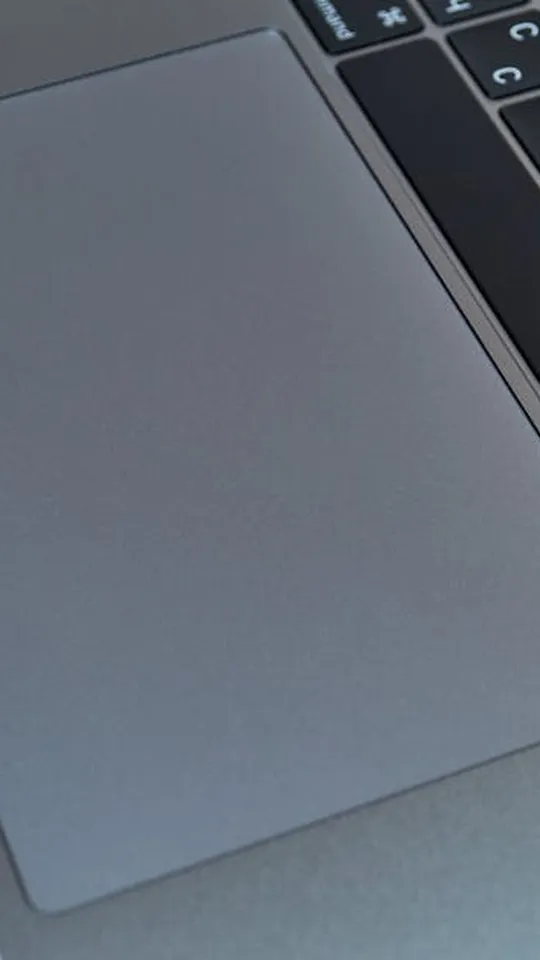What Makes Multilingual Lip-Sync Technology So Revolutionary?
Imagine watching a film where the lip-sync is so precise, you forget it’s been dubbed. That’s the level of realism advanced AI like Vozo now achieves, delivering artifact-free synchronization across 70+ languages. This isn’t just a step up; it’s a leap forward in how content is localized for global audiences. By analyzing phonemes and facial musculature, these tools ensure that lip movements match natural speech patterns, even in dynamic scenes or side profiles—something that was science fiction not too long ago.
How Does This Technology Work Across Different Profiles and Angles?
Gone are the days of blurred and awkward lip movements. The latest technology supports up to six faces simultaneously, handling diverse head movements and angles with aplomb. By focusing on the intricacies of phonemes and facial expressions, AI ensures that lip-sync remains faithful and immersive, regardless of how the subject turns or moves. This opens up endless possibilities for filmmakers and marketers who aim to maintain authenticity across various media.
What Are the Practical Applications in Global Marketing?
In a world that’s more interconnected than ever, having content that speaks the local language—literally and figuratively—is crucial. AI-powered lip-sync ensures that marketing campaigns, training materials, and entertainment can be effectively localized, making them more engaging and relatable. Subscriptions to services like HeyGen and Vozo, which start at $5.9, offer an affordable way for businesses of any size to tap into this technology, thereby reaching a wider audience with minimal effort.

Why Does This Matter for Localized Training Materials?
Imagine a multinational company rolling out training materials that look and sound native to each of its global branches. It’s not just about the words on the screen but how they’re perceived. Artifact-free lip-sync ensures that messages are clear and authentic, reducing misunderstandings and enhancing learning outcomes. This technological advancement not only saves costs but also bridges cultural gaps, fostering a more inclusive and informed workforce.
